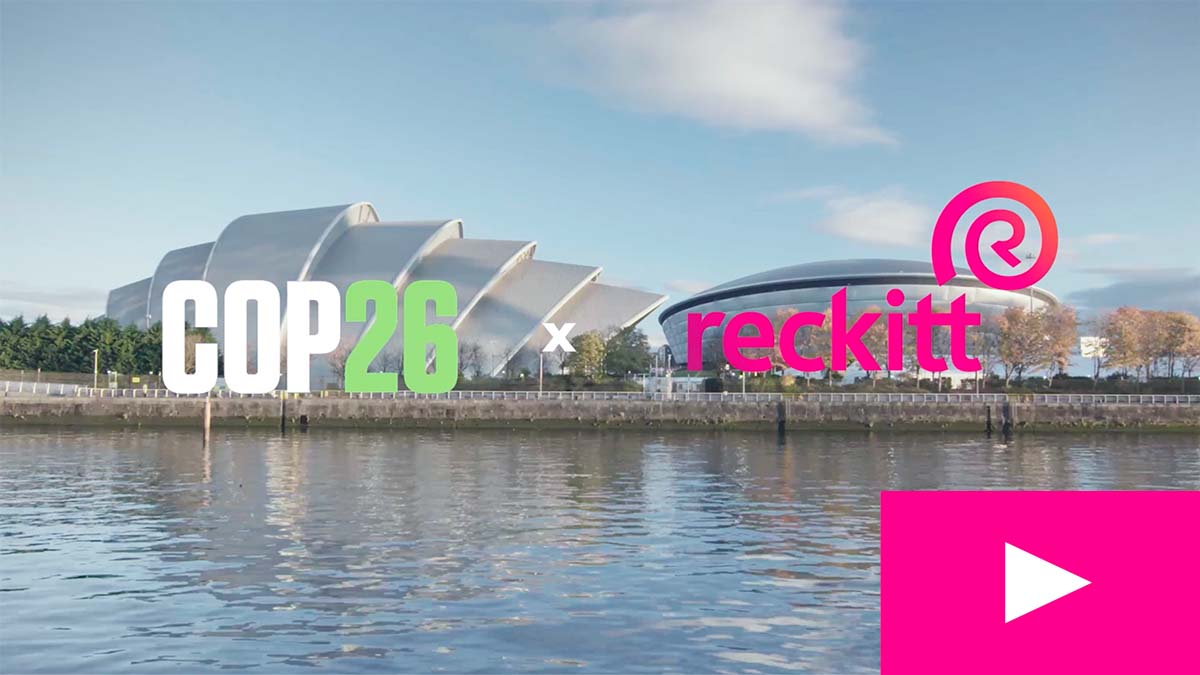|
Safe return to offices using COP26’s hygiene protocols
By Dr. Lisa Ackerley, Director, Medical and Scientific Engagement, Hygiene at Lysol Pro Solutions
As many companies plan to return to the workplace in early 2022, there are still questions and concerns regarding the best approach to ensure safety and instill confidence among employees. Currently, less than half of Americans feel comfortable returning to officesi — so what can employers do to protect and reassure?
To facilitate a successful and sustainable return, companies can look to the hygiene protocols implemented at COP26, one of the largest in-person events to be held since the beginning of the pandemic. As the official hygiene partner, Reckitt’s Pro Solutions team of virologists, microbiologists, public health, and medical scientists worked to develop a custom targeted hygiene program for over 30,000 attendees, including 120 world leaders, which can be replicated in the office environment.
Offices can present a major risk for virus transmission, with germs spreading rapidly via hands and surfaces at workstations and common areas. A science-led targeted hygiene program can minimize contamination of commonly touched surfaces effectively and efficiently and help prevent the spread of illness-causing germs.
Targeted hygiene means focusing hygiene practices at the times and in the places that matter most to help break the chain of infection and reduce the transmission of germs. Hygiene intervention includes not just cleaning and disinfection, but also hand hygiene (washing or sanitizing), which should be carried out when it is most needed, such as when arriving at the office and after using the bathroom.
Cleaning and disinfection should be based on risk-based protocols created and rigorously tested by scientists with the specific office environment in mind. In doing so, the following steps implemented at COP26 should be considered by employers:
- Identify high-touch 'hotspots': Areas that are frequently touched and shared represent potential hotspots (e.g., the 50,000 touchpoints at COP26 that included elevator buttons, doorknobs, desks, lecterns, remote controls, phones and bathroom touch surfaces such as flush handles and taps, which are also found in offices and meeting rooms). Additionally, eating and drinking areas such as the communal kitchen are higher-risk due to hand-to-mouth contact.
- Devise an effective protocol: Implement a targeted hygiene approach that is informed by science, to help break the chain of infection. These same protocols contributed to zero COVID-19 outbreaks associated with COP26. Helping to protect against the spread of illness-causing germs by going beyond the illusion of improved safety through "hygiene theater" is critical to reassuring employees and increasing their confidence in coming to the office.
- Use trusted products: Be sure to use regulated products approved for surface disinfection. When used correctly, disinfecting products can significantly reduce the germs on shared objects and other employees’ hands. At COP26, organizers used Lysol’s sister brand, Dettol disinfecting products, including implementing 598 antibacterial Hand Sanitizer Gel stations, Dettol soap at 694 wash basins, Multi-Purpose Disinfectant Spray and Cleansing Surface Wipes, proven to inactivate SARS-CoV-2, the virus that causes COVID-19.
- Timing, frequency, and verification of protocols: Once cleaning and disinfection protocols are established for the office, the critical element to reducing the potential for germ transmission is the timing and frequency of cleaning and disinfection. Instead of just a "deep clean" once a day, consider high traffic areas require attention immediately after usage. Likewise, small, irregular surfaces will need more frequent cleaning throughout the day. Once a targeted hygiene program has been implemented, it should be regularly tested for effectiveness and refined accordingly.
See how Reckitt implemented its targeted hygiene approach to help protect 25,000+ daily attendees at COP26:

i Insights provided by Streetbees, a global intelligence platform, Reckitt Streetbees Research, November 24, 2021 - - Streetbees delivers in-the-moment consumer intelligence for consumer brands. Our 4.5 million global bees use a WhatsApp style app to capture their consumption moments, enriched with emotion and context. In their own words, photos and videos, consumers help Streetbees and its customers including Unilever, Pepsico and Mars uncover where to play and how to win.
Streetbees proprietary machine learning and AI make it possible to turn these billions of data points into easy to access and easy to action growth opportunities.
Launched this year, Streetbees GO is an always on category specific dashboard that delivers qualitative quality at quantitative scale.
For real-time consumer insights please visit https://www.streetbees.com/ Contact Sara Beth Fahey at Matter PR sfahey@matternow.com
|